Review of red garden flowers
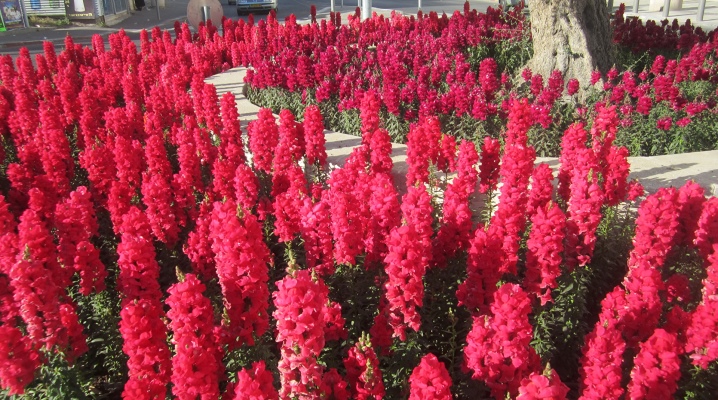
Those who have their own garden or even a small plot in front of the house are just happy people. After all, the variety of colors provides unlimited scope for imagination. There are an infinite number of design options. There are many interesting variations you can make with red alone. To do this, we will conduct a review of red garden flowers.
Overview of perennial flowers
Red garden flowers allow for a catchy and bright design of the site, and sometimes focus on certain areas or emphasize other nuances. This color is for those who are not afraid of bold experiments. Here are perennials, popular among gardeners, which are most often used when creating landscape design.
- Red chamomile. Perfect for a garden and for a summer residence, it will look equally good both as an independent planting, and in combination with neighbors of its own color and other shades. Tall stems reach a height of 80 cm. The plant blooms all summer. In addition to its bright color, it also differs in very beautiful openwork leaves.
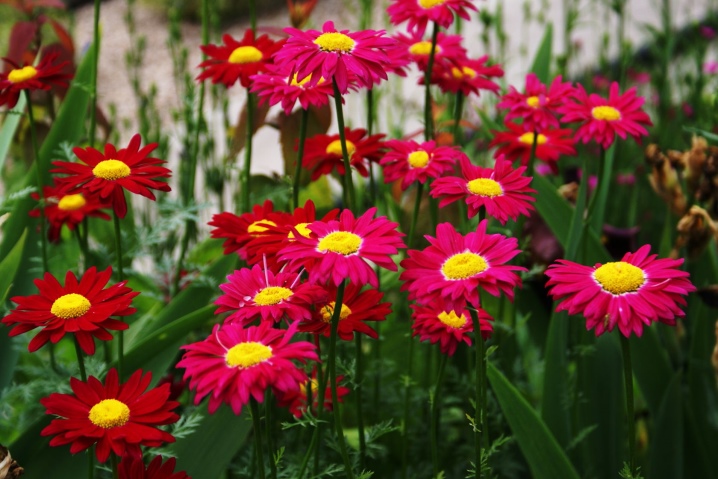
- Many summer residents also know the name of a perennial, such as salvia... This is also a tall plant, it can reach a height of 1.5 meters. Original flowers will make an interesting addition to any design. They will look especially impressive in a corner where different plants are used - tall, medium and very low.

- Primrose. The first spring flowers attract many with their tenderness and at the same time brightness. Primrose comes in a wide variety of shades, including several options for red. Primrose blooms for a short time, from late April to late May. Therefore, this feature must be taken into account when placing it on a flower bed.
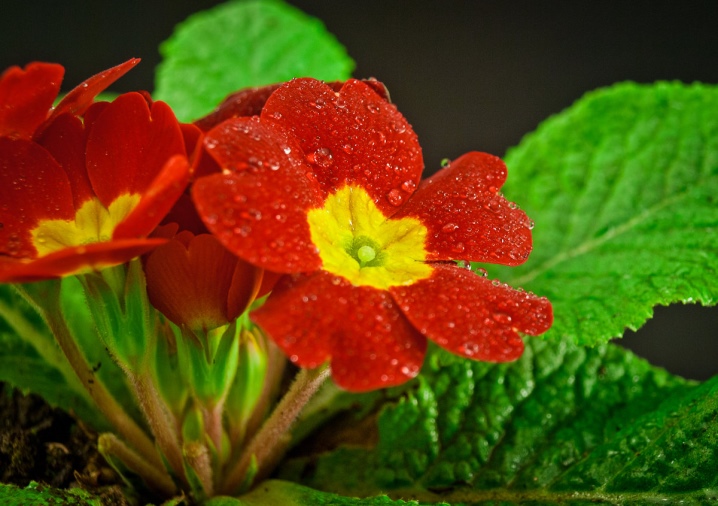
- One of the most popular colors - chrysanthemum... These flowers will harmoniously look both in the design of flower beds and in the arrangement of borders. Chrysanthemums delight with flowering for a long time and are quite resistant to cold weather.
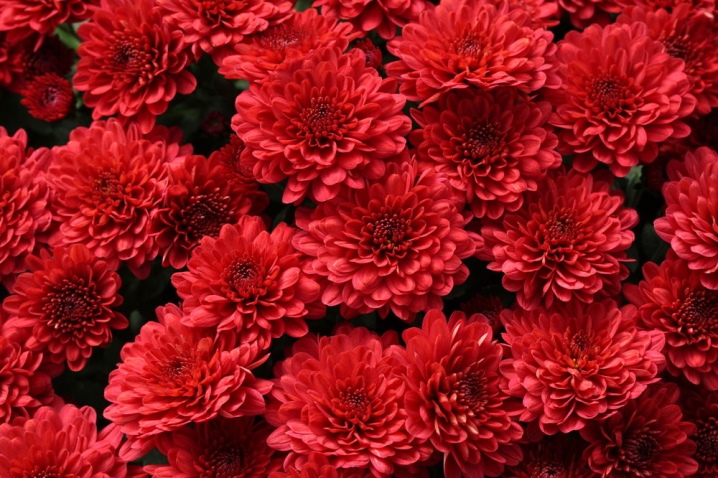
- Red poppy will also be a worthy garden decoration. The stem reaches a height of just over a meter. In order for poppies to please with their flowering almost all summer, you need to resort to a little trick - sow new seeds into the ground every 10 days. Then new buds will constantly appear.
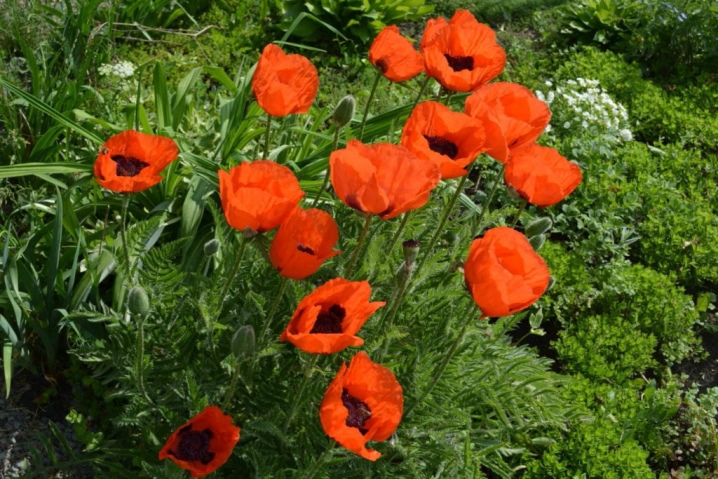
- Many additions to other instances use astilba. Its panicle inflorescences look very original. But when looking for a place on your site for these plants, one nuance should be taken into account. They want more shaded areas. In a sunny space, flowering will not be as abundant as in slightly shaded areas.
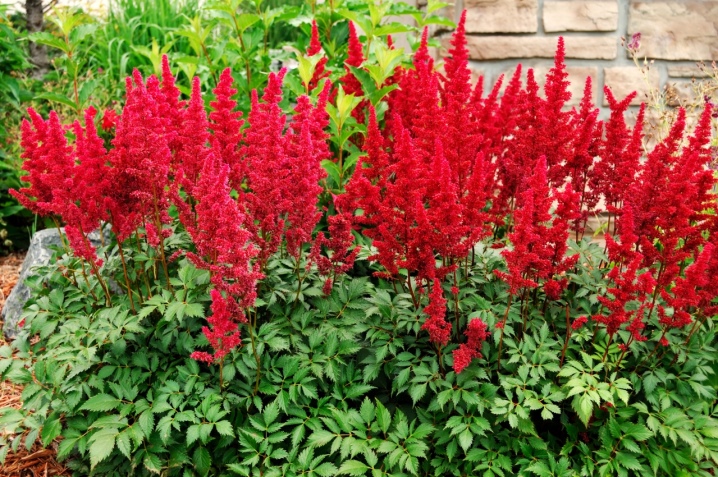
- Another very beautiful and unpretentious plant is begonia. There are varieties with flowers of various shades, including bright red.
The advantage of begonia is that it blooms all summer long, and then it can be moved to a room where it will continue to bloom. In addition, begonia has very beautiful leaves.
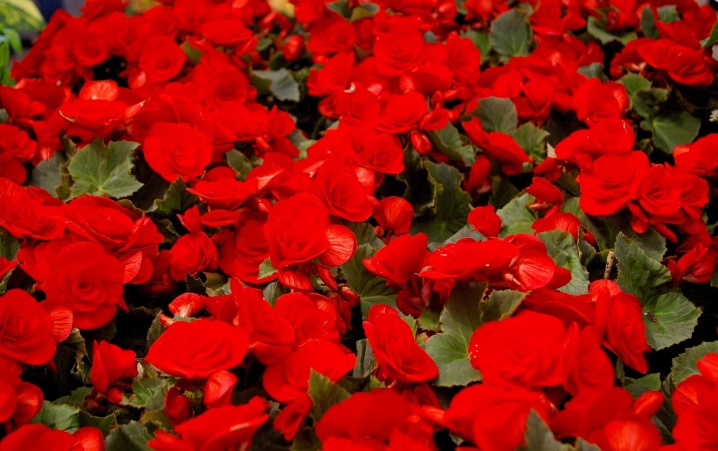
- Well, you can't forget about rose. There are several shades of red. And with proper care, the rose blooms from spring to late autumn. The main thing is to cut off the faded buds in time and make sure that the rose is not captured by pests or some kind of disease.
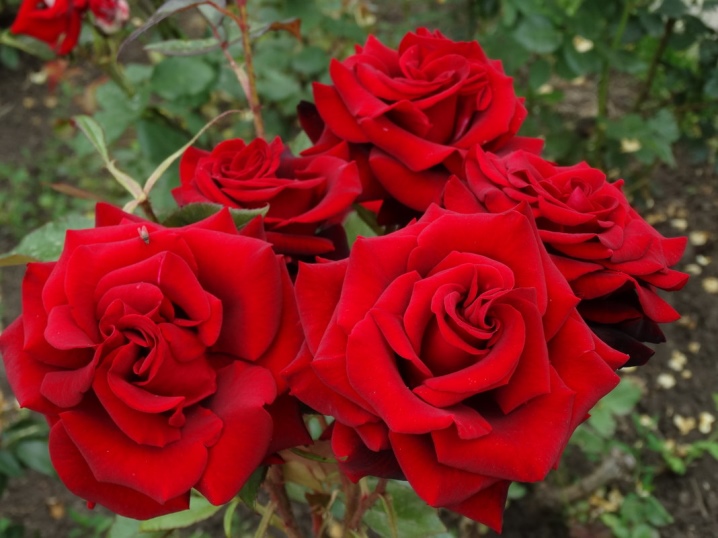
Annual plants
Annuals with bright red flowers and a wide variety of leaves (round, long, velvety, silvery) can transform the garden. Most often, gardeners choose species whose names are known to many.
- Aster. Any novice gardener can handle this flower.You can plant seeds in March in containers or directly into the soil in May. The choice of varieties of annual asters is very large. It all depends on personal preference.
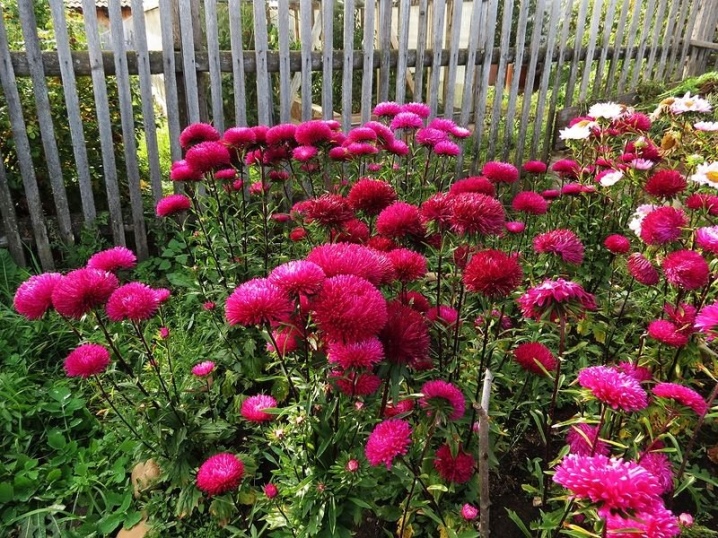
- Balsam... Will be a great addition to various compositions. But in itself it is able to decorate the territory. Balsam cannot be called a fast-growing specimen, so the seeds should be planted in February.
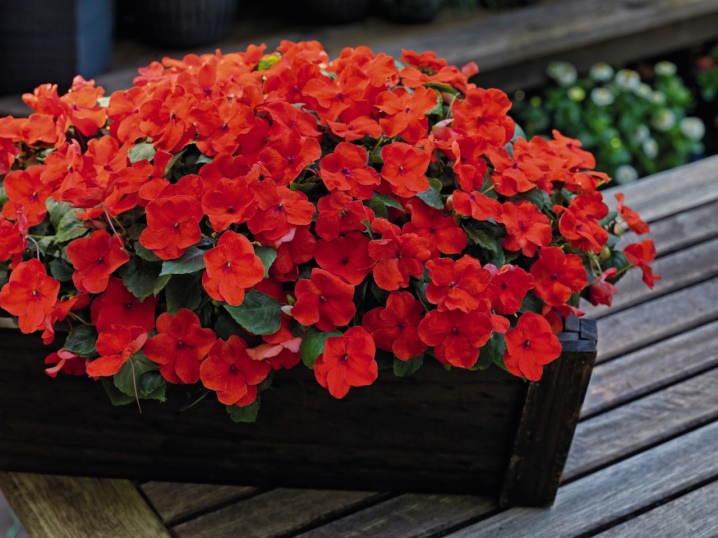
- Verbena. Lush verbena bushes will bloom all summer and autumn, they tolerate sun and rain well. They are sown for seedlings in March, and in May they are sent to flower beds.

- Nasturtium. Refers to unpretentious plants. Feels comfortable in any soil. The seeds are placed directly into open ground in May. Since the seeds are quite large, you can immediately sow at a distance of 20-30 cm from each other.
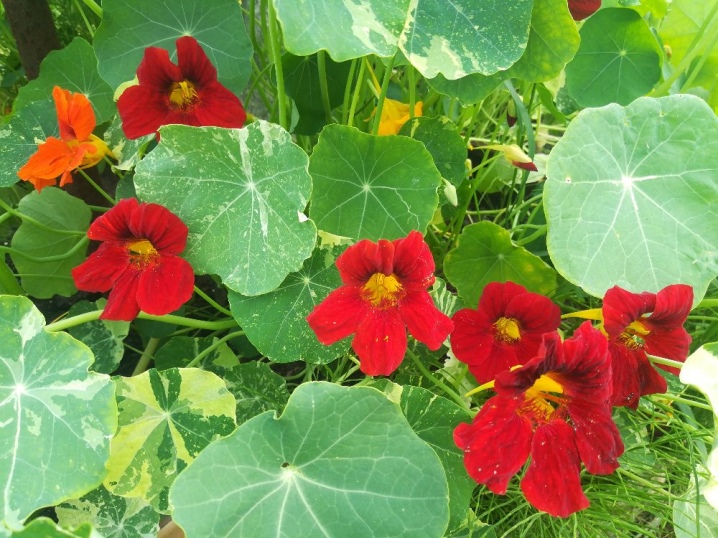
- Petunia. Very beautiful bright flowers with a delicate delicate aroma, grow well and take up enough space. You need to land it in containers in February. The seeds are left on the surface, only slightly pressed into the ground. The container is covered with a transparent film.
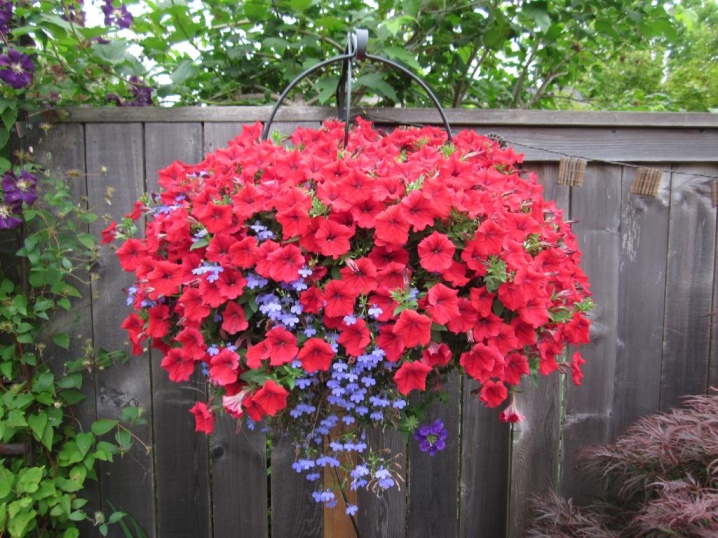
- Phlox. Another plant that pleases with the beauty of bright flowers all summer long. But the culture will have to be grown in seedlings.
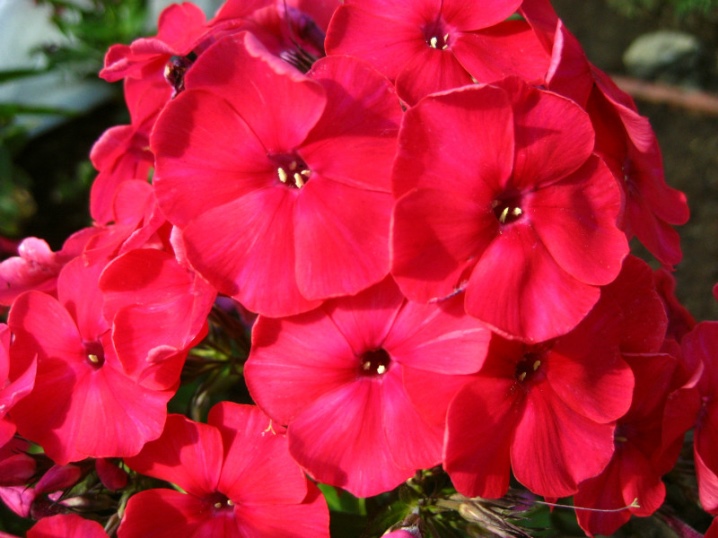
How to arrange a flower bed?
To break a flower bed on a site, you first need to determine its size, location and plant specimens that will be there. To make the flower bed happy from early spring to late autumn, it is better to select plants with different flowering periods. If there is a desire to see all the inflorescences at the same time, then the plants should correspond to the same schedule.
If the flowerbed is decorated only in red tones, then the shape of flowers, leaves, color intensity should be different. And all flowers should not be planted chaotically, but on the basis of a certain plan. But the best option would be to dilute the bright red specimens with other shades.
White will look advantageous; you can complement the composition with yellow, orange, and blue colors.
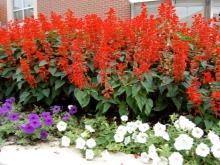
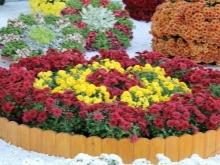
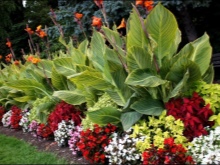
Examples in landscape design
Thinking over the future composition, you can build on existing options and listen to the opinion of experienced gardeners.
- Group plantings of red plants framed by large stones and small pebbles look very stylish.

- White and blue successfully dilute the red, refreshing the composition and making it more delicate and light.
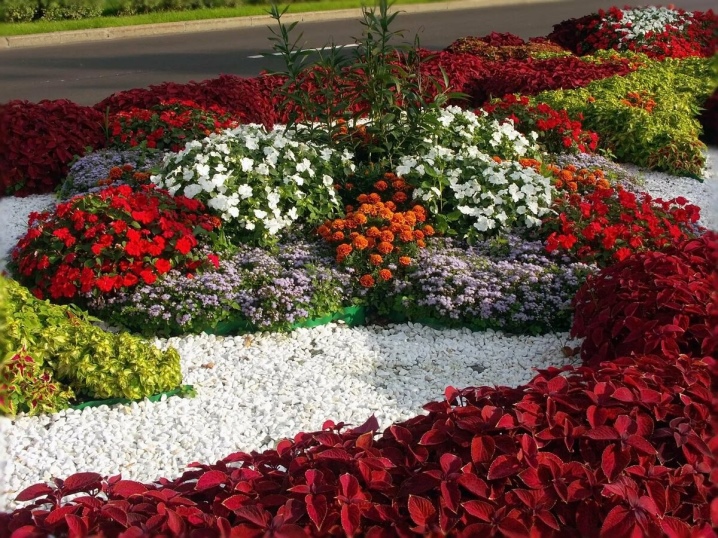
- Yellow and red create a striking duet and attract the eye.
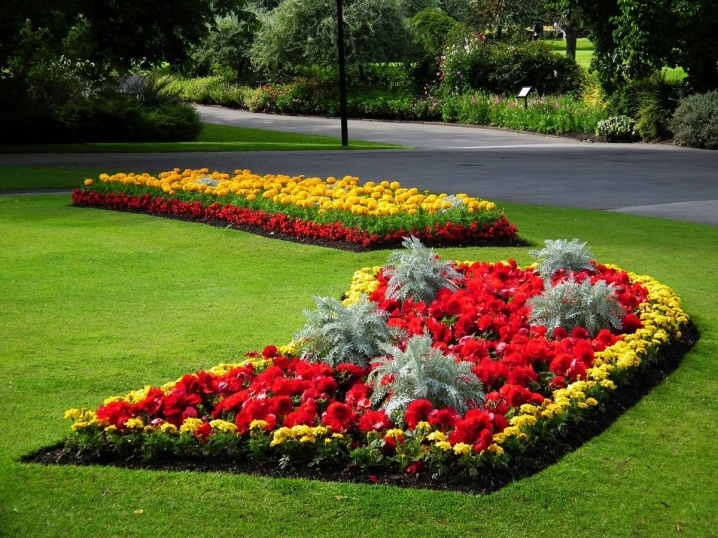
- Or you can create a real work of art by planting plants in a certain order and using shades that look harmonious with red - blue, white, orange, yellow.
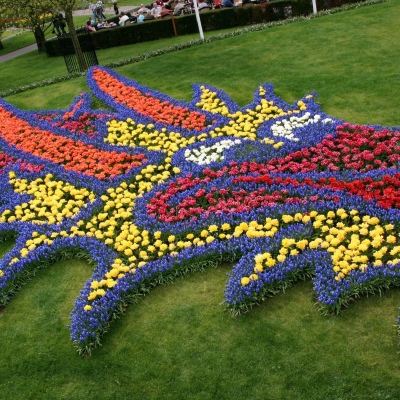
For an overview of perennials in the garden, see below.







































































































The comment was sent successfully.